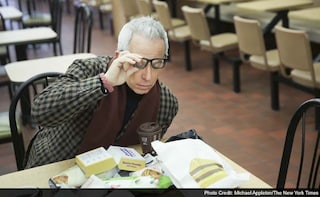With all the recent excitement over Shake Shack - its share price more than doubled the day it went public last week - and Habit Burger, whose share price also more than doubled when it went public in November, you'd think America was entering a new golden age of the burger.
Advertisement
Advertisement
Advertisement
Advertisement
For the latest food news, health tips and recipes, like us on Facebook or follow us on Twitter and YouTube.
Advertisement
